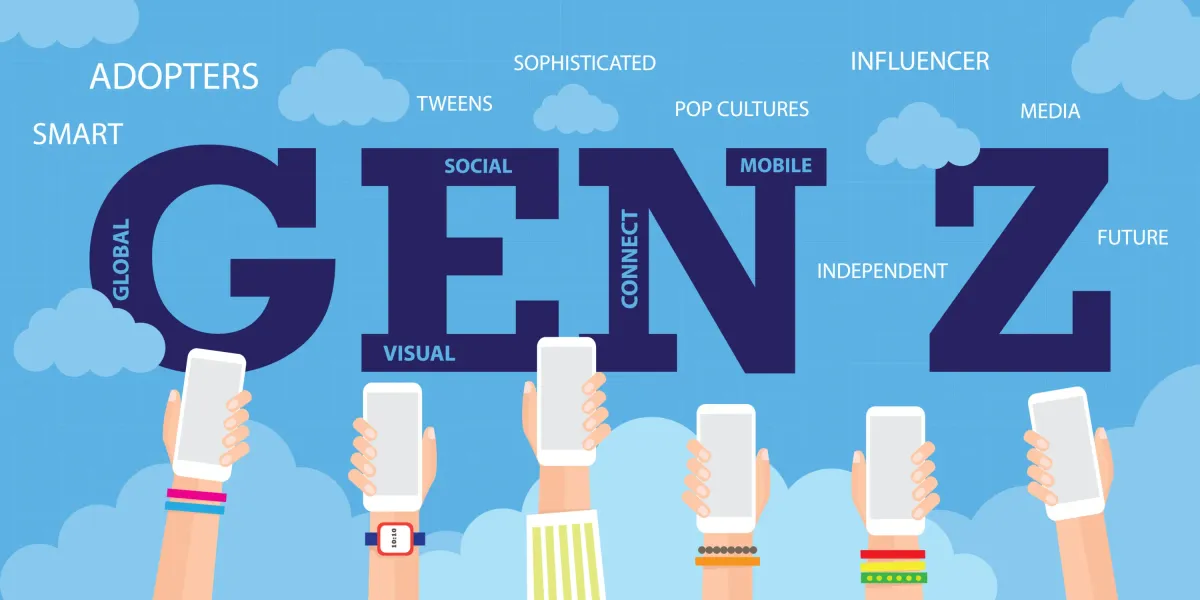adidas apologizes over Oaxaca sandal controversy
adidas pulled images of its ‘Oaxaca slip-on’ after Indigenous appropriation claims. Here's what brands should take away.

Global sneaker brand adidas is in damage control mode following backlash in Mexico over its recently released ‘Oaxaca slip-on’, a sneaker-sandal hybrid inspired by traditional Indigenous Mexican huaraches.
The model, part of a collaboration with American designer Willy Chavarria under adidas Originals, sparked criticism for failing to credit or collaborate with the Indigenous Zapotec community whose cultural heritage informed the design.
This article explores the controversy, the company’s response, and the lessons it holds for marketers and brand leaders navigating cultural representation.

Indigenous design, global brand, no credit
adidas’ ‘Oaxaca slip-on’ was designed to fuse modern sneaker sensibilities with the look of huaraches, traditional leather sandals handwoven in parts of Mexico including Oaxaca. However, neither the brand nor designer Willy Chavarria engaged directly with the local community of Villa Hidalgo de Yalálag, the Zapotec town whose design motifs influenced the shoe.
The fallout was swift. After images of the shoe began circulating online, government officials, cultural advocates, and local leaders accused adidas of cultural appropriation. Oaxaca’s Governor Salomón Jara called on the brand to immediately stop selling the shoe, issue credit, and offer compensation. In a post on X, he stated, “Culture is not sold, it is respected.”
adidas responded with a formal apology shared via the Associated Press, where spokesperson Julia Dusemond affirmed the company’s intent to engage in respectful dialogue with the Zapotec community. Chavarria issued his own apology shortly after, acknowledging the lack of a meaningful partnership.
Reuters also reported that adidas has requested a virtual meeting with Oaxaca’s governor, and all promotional materials related to the shoe have since been pulled from the brand’s website and social channels.

Cultural inspiration is not permission
This isn’t just a PR story. It is a brand strategy case study. Here’s what marketers and brand strategists should take away:
1. Cultural representation without collaboration is a risk
Pulling visual inspiration from cultural heritage is not inherently wrong. But doing so without consultation, credit, or compensation is no longer just frowned upon. It is a reputational risk with global consequences. Marketers working with designers or creatives need to vet cultural references and ensure community engagement is part of the process.
2. Apologies don’t erase commercial intent
Both adidas and Chavarria have apologized, but neither addressed whether the product’s revenue will be shared or redirected. For marketers, this highlights the difference between reactive brand defense and proactive, accountable brand behavior. Saying “we respect your culture” is not enough. Demonstrating that respect through action matters more.
3. Governments are stepping in
Mexico’s President Claudia Sheinbaum has weighed in, signaling her administration may pursue legal frameworks to protect Indigenous designs. This raises the stakes for international brands. If you’re working in culturally rich markets, expect more legal scrutiny around how products reflect or exploit local heritage.
4. Brand equity can be undone by design choices
This controversy echoes previous missteps by global players like Gucci and Dolce & Gabbana, who faced boycotts over racially insensitive campaigns. For marketers, it’s a reminder that design choices — even down to a pattern or stitch — can trigger global reputational fallout. Due diligence is now a frontline marketing function, not a side note in product development.
The adidas Oaxaca sandal controversy isn’t just about one misstep. It reflects a broader reckoning around how global brands interact with local cultures. For marketers and PR pros, the message is clear. Cultural storytelling must go hand in hand with cultural accountability.
Smart brands won’t just seek inspiration. They will build relationships, share ownership, and respect the communities that fuel their creativity. That is not just good ethics. It is good business.





